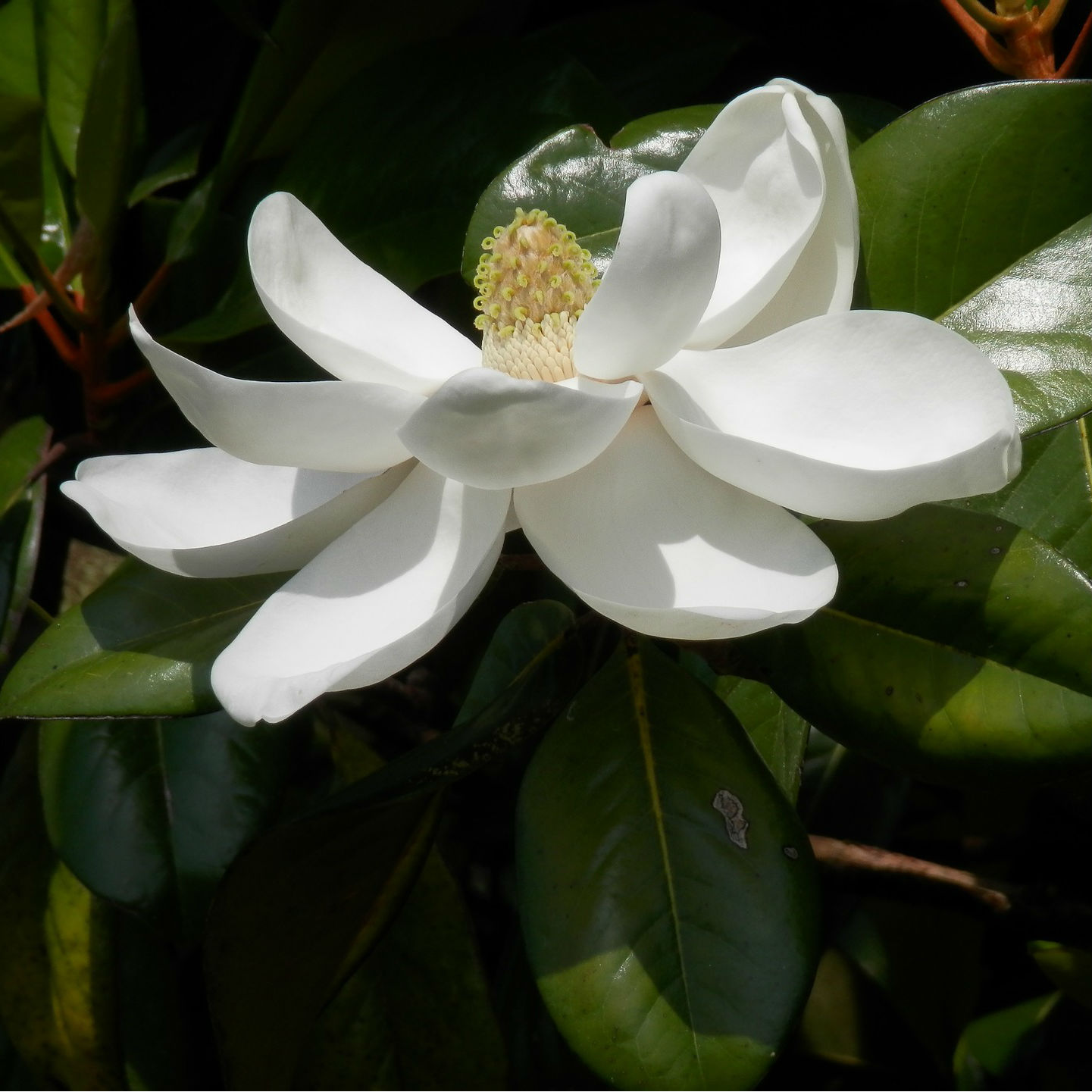Earth Day: Magnolias and Memories

This year, on Earth day, I encourage you not to look at trees from a purely scientific view, but to incorporate that view with one that includes your broader experiences and memories.
One of my favorite memories as a child was climbing the magnolia tree that sat off to the side of my father’s house in the U.S. state of Georgia. Its limbs long and reaching, buds and blossoms interspersed amongst its large, waxy leaves, it had grown there undisturbed since it was planted in 1929 by the house’s original builder. I would stare up at the tree’s 30-foot stature, which seemed like that of a skyscraper to an 8-year-old. Very distinctly I remember grasping the branches and pulling my weight up the tree one limb at time. Sometimes I would nestle myself in within its fold and read, other times I would reach its peak gaze over the small town.
Why is this one of my fondest memories? I can honestly say that it wasn’t always. Prior to they were those I mentioned before, my overcoming what I perceived as nature’s challenges. But about 6 years ago that changed. My father sold that old house and along with it the tree. Within a year, that depression era house was bulldozed and the tree, well, it was toppled, sectioned and chipped along with it. I never expected to be as hurt as I was upon seeing the empty lot where that tree once stood.
Now, I realize that I took that tree for granted. It never left me when I was sad, it was always offered to play with me when I was lonely, allowing me to scale its heights, and in its own way it cuddled me under within its foliage when I read my books. That tree was empathetic. It had lived through the Great Depression of the 1930s, the wars and social upheaval of the 40s, 50s, and 60s, and the great technological advancements of the 70s, 80s, and 90s. It’s as if as I stared up at it, it was staring down at me and saying, “I understand.”
It is no coincidence that I pen this blog on Earth Day; its theme this year appropriately “Trees for the Earth.”
If I’ve learned anything, it is that trees are more than their scientific role in our ecosystem. They provide us oxygen, but their leaves provide us shady escape. Their roots buttress soil laden ridges, but they also log our own history within their rings. They provide homes for animals, while underneath the bird’s nest is bark canvas upon which the art of two lovers was made manifest by a carved heart and their initials.
This year, on Earth day, I encourage you not to look at trees from a purely scientific view, but to incorporate that view with one that includes your broader experiences and memories. I challenge you to not take trees for granted, for they have more purpose and meaning than we often attribute to them.



